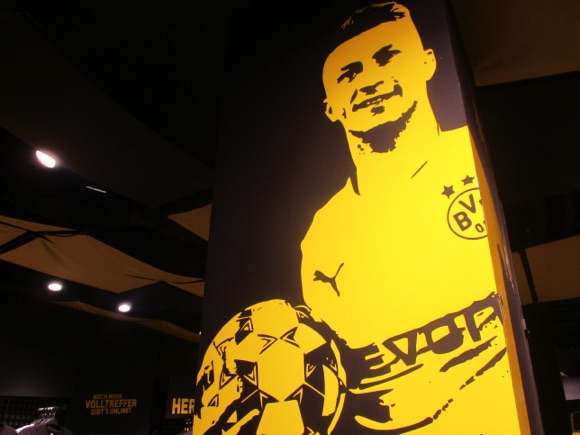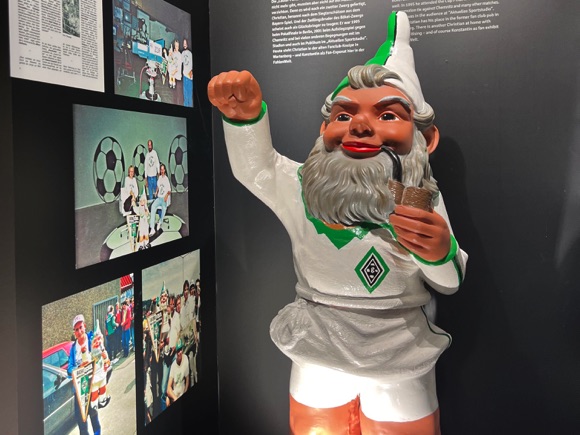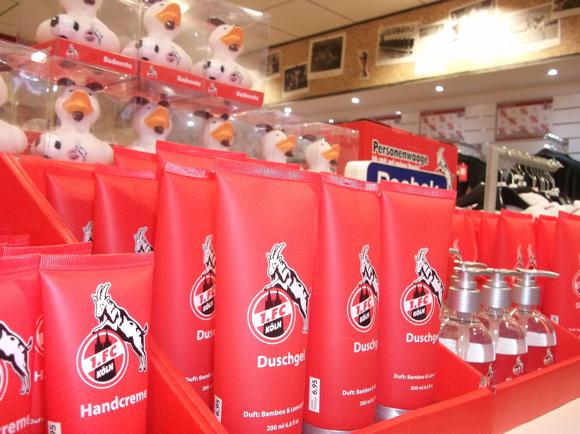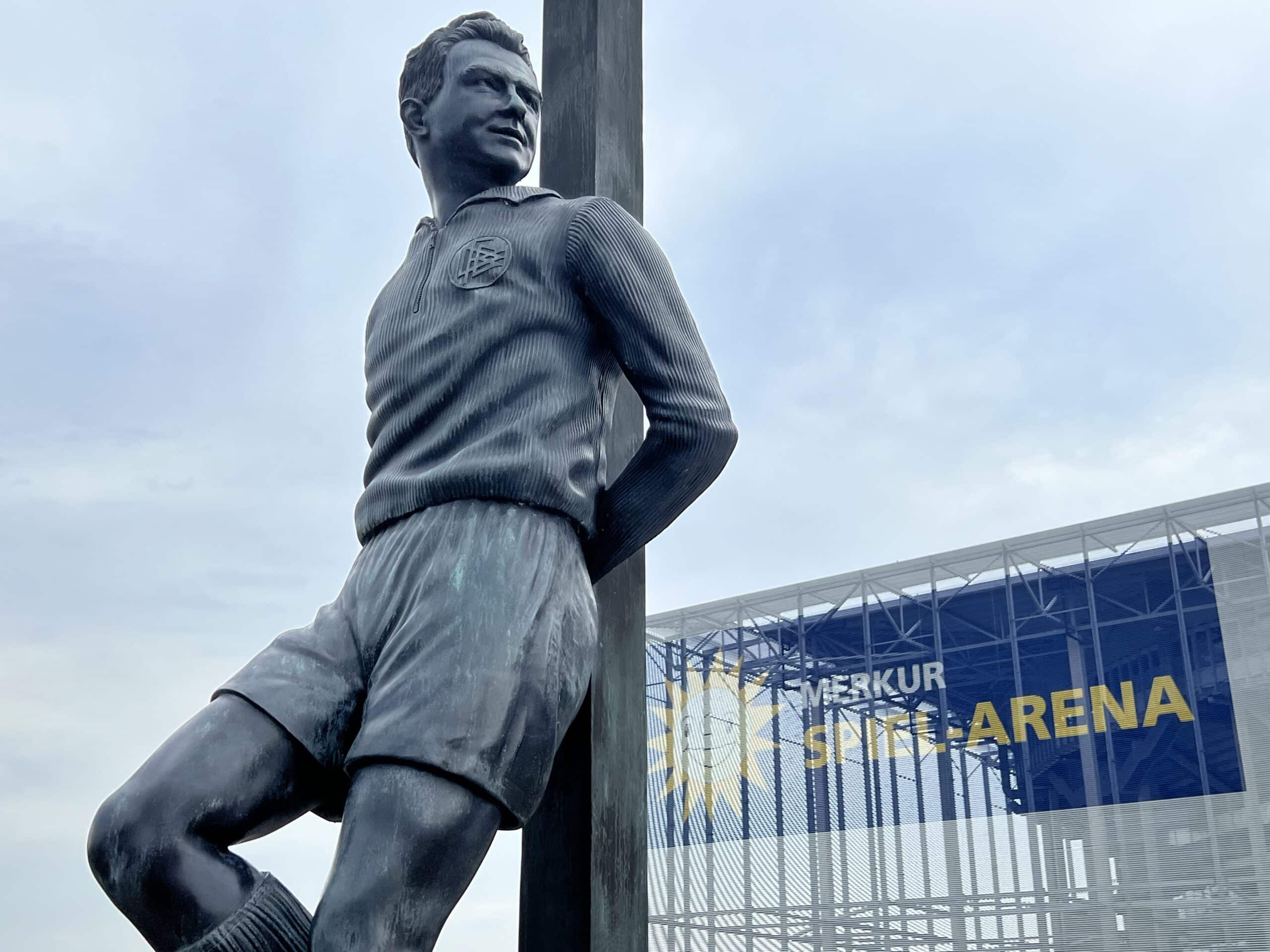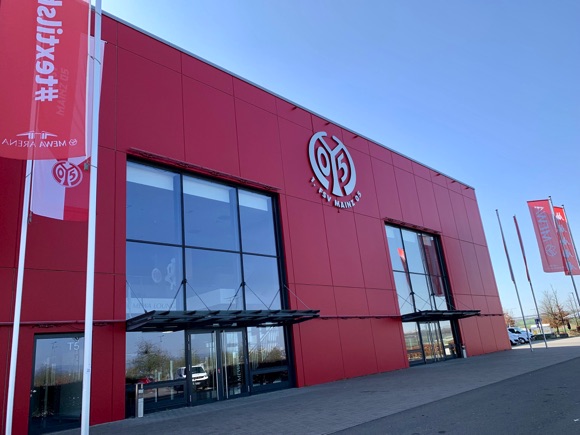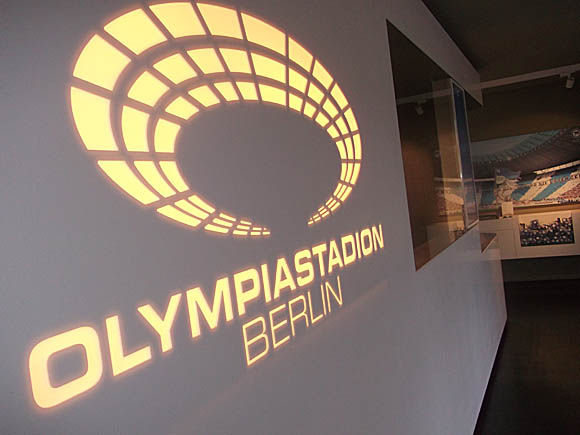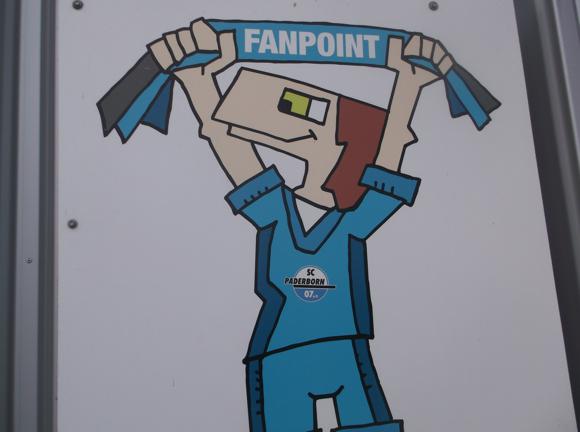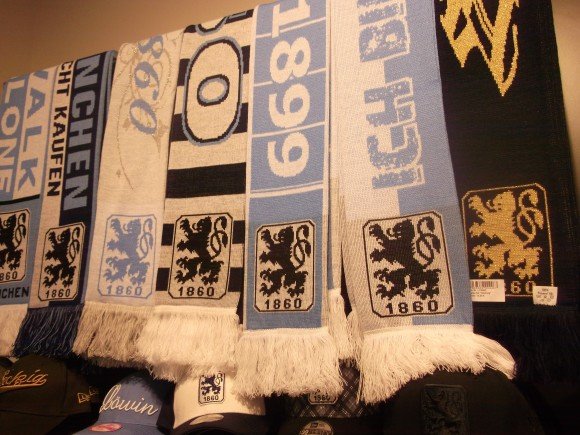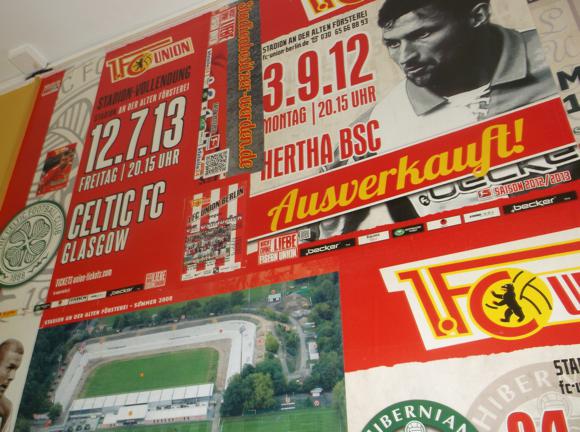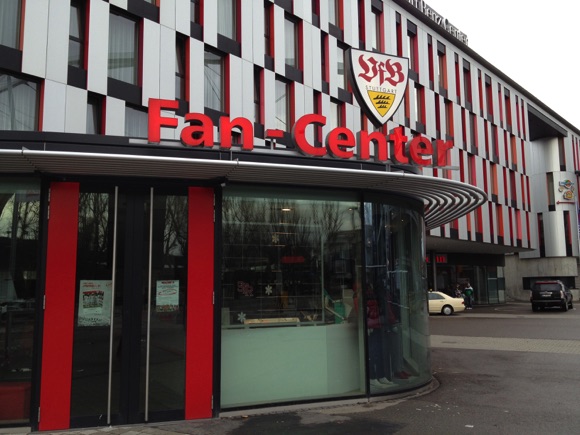A fan’s guide – the club from early doors to today
In May 2018, the unthinkable happened. The clock at the Volksparkstadion home of Hamburg flagship club HSV had to be reset. Its significance was clear – founder members of the Bundesliga in 1963, the club referred to as ‘The Dinosaur’ was no longer in the top flight. The iconic clock had ticked off every minute of Bundesliga football since the first game 55 years before.
Now, despite a home win over Borussia Mönchengladbach, Der Dino were down, condemned to the Zweite Bundesliga by Wolfsburg.
HSV had sailed very close to the wind in 2014 and 2015 but had managed to survive both times. Expected to bounce straight back in 2018-19, HSV were in an automatic promotion spot for most of the campaign, only to be torn apart by Ingolstadt and Paderborn. In a run of ten games with only one win, a do-or-die defeat at Union Berlin sealed Hamburg’s fate. Whether the average gate for 2019-20 will still be around 50,000 for another season of second-tier football at the Volksparkstadion remains to be seen.

Hamburger Sport-Verein were formed in the aftermath of World War I from the ruins of three clubs, including SC Germania, Germany’s first football-only organisation. The blue and black of their club colours derives from Germania, the red and white are linked to the city’s Hanseatic roots. HSV were soon involved in the final stages of the regional play-offs, forcing champions Nuremberg to two drawn games in the controversial undecided title of 1922, and winning the trophy outright a year later.
Dominating the northern regional league, HSV left their historic home of Rothenbaum to move to the newly built Volksparkstadion (‘People’s Park Stadium’) way out north in Stellingen. The club, now with the legendary Uwe Seeler as the figurehead centre-forward, made three more national finals, winning in 1960. Seeler’s HSV took Kubala’s Barcelona to a semi-final replay in the European Cup the following year.
Seeler ‘Uns Uwe’, led the line at HSV in three different decades, but only had one cup win and losing appearance in the Cup-Winners’ Cup Final to show for it.

HSV came good again in the mid- to late 1970s, finally winning the European Cup-Winners’ Cup in 1977. That summer the club signed Kevin Keegan and, after his disappointing first season, HSV sprang to life under ex-Bayern coach Branko Zebec.
A historic first Bundesliga title was won in 1978-79, followed by a European Cup run to the final – and a narrow defeat against Nottingham Forest. Coach Ernst Happel and midfielder Felix Magath then took over from Keegan and Zebec on each side of the touchline, leading HSV to another title in 1982. Imperious at the back was Franz Beckenbauer, lured over from America for his last two seasons in the Bundesliga.
The subsequent run to the European Cup final proved fruitful – with Manny Kaltz in defence and Horst Hrubesch as the bullish centre-forward, HSV surprised many by beating Juventus 1-0 in Athens.

Despite the star names (Tony Yeboah, van der Vaart) and respected coaches (Thomas Doll, Huub Stevens), Hamburg have failed to convince since, making two disappointing appearances in the Champions League.
2013-14 saw a new low. Pitted in a relegation play-off against Greuther Fürth, HSV went into the second leg after a 0-0 stalemate at home. Captained by a returning Rafael van der Vaart, HSV managed a 1-1 draw away, thus earning a reprieve.
Then in May 2015, the unthinkable nearly happened again. HSV were within seconds of disaster, trailing Karlsruhe in a relegation play-off until a Marcelo Díaz free-kick saved the day again in stoppage time. Nicolai Müller then scored the vital winner late in extra-time.
In 2018, a 93rd-minute goal by Gian-Luca Waldschmidt had earned HSV an unlikely 3-1 win at fellow relegation candidates Wolfsburg – but it wasn’t enough. A fortnight later, fireworks and flares rained down over the Volksparkstadion pitch as the fates combined against Der Dino on the last day of the season.





Stadium Guide
The field of dreams – and the stands around it
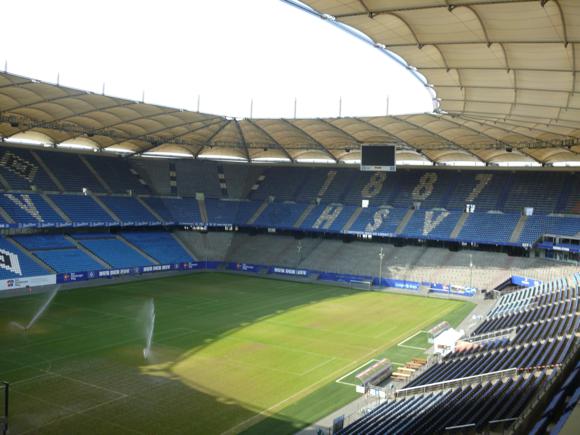

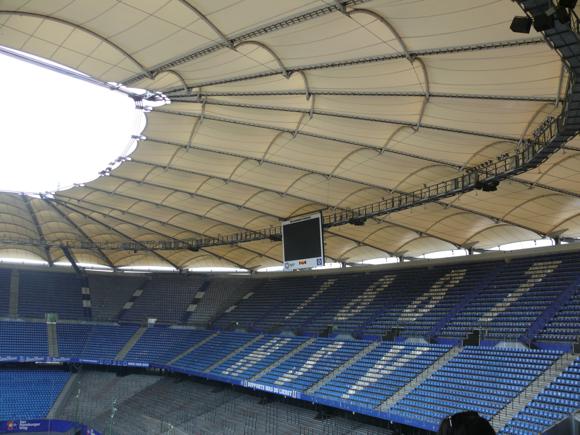
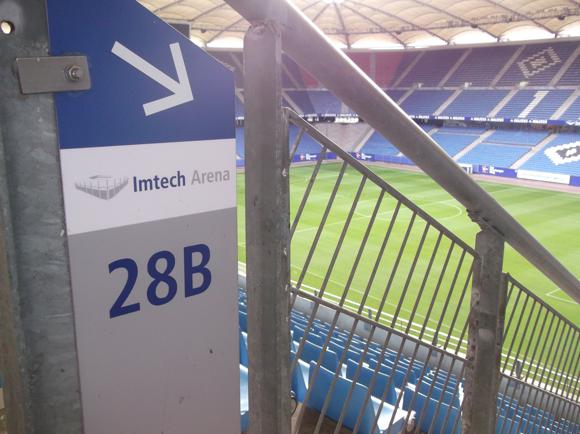
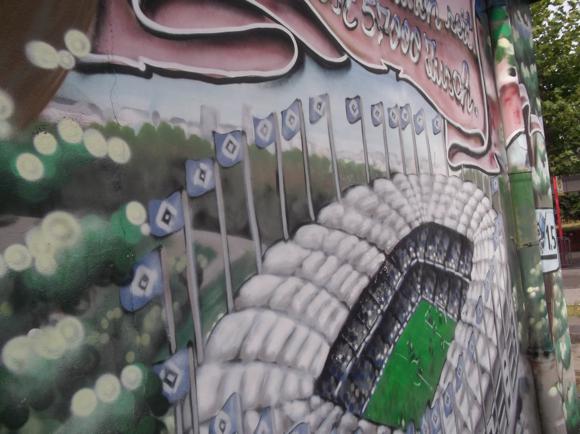
The Volksparkstadion opened in 1953. It stands on the site of the old Altoner Stadium, used for occasional German internationals and exhibition games from 1925 onwards. Local Altona 1893 preferred to play at their modest Adolf-Jäger-Kampfbahn ground.
At the time, HSV were playing at the Sportplatz am Rothenbaum, near the Alster Lake closer to town. When the Volksparkstadion emerged, literally, from the rubble in the early 1950s, it was clear that HSV would be the club to move in permanently. In Uwe Seeler’s day, the Volksparkstadion could hold 70,000-plus for an occasion such as the European Cup semi-final against Barcelona in 1961.
Far from the city centre, and featuring a running track between pitch and crowd, the Volksparkstadion was looking its age when hosting Euro 88 – new roofing and extra seating installed for the 1974 had reduced its capacity to 61,000.

Well before the 2006 World Cup, the venue was demolished and nearly €90 million spent to make it more fan-friendly. The new venue was rotated a quarter-circle to take in more sunlight and provide optimum views for all. The running track was removed to increase intimacy. The capacity of 57,000 is reduced to 51,000 for all-seated international games – the traditional Nordtribune home end has standing sections otherwise.
Throw in a club museum, a restaurant, Die Raute, and the AOL Arena, later HSH Nordbank Arena and Imtech Arena (and Hamburg Arena for European games) is a thoroughly decent, if still distant, place to watch a football match.
Seating in sectors 1 to 28 is arranged in three tiers – the home Nordtribüne comprises the higher numbered sectors. Away fans are placed in 14A and 14B, in a corner of the Süd- and Westtribüne. The best seats are in the Osttribüne, where you’ll also find the press and VIP areas. The ticket office, museum, fan shop and restaurant are between the Nord- and Osttribüne. Seats between sectors 16 to 20 in the Westtribüne should provide an excellent view for the neutral.
getting there
Going to the stadium – tips and timings
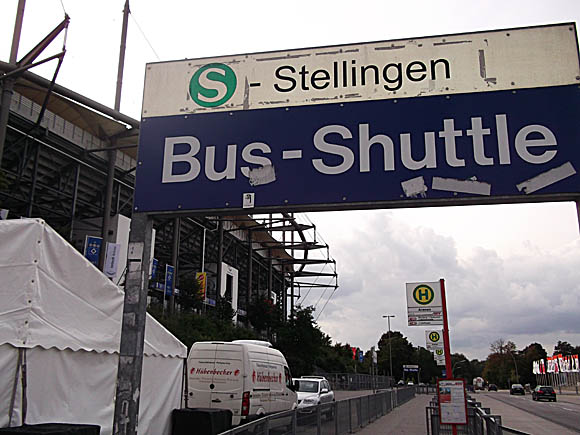
The ground is set out in the wilds of Stellingen, on the S3 and S21 lines from the main station to the Stellingen (Arenen) stop. Both run every ten minutes. The S21, direction Elbgaustraße, takes 14 minutes; the S3, direction Pinneberg, takes 20. From Stellingen, follow the signs for ‘Arena’, turn left at the bottom of the steps, then out past the forecourt to a foot tunnel.
On match days, a free shuttle bus sets off from here – immediately to the right as you leave the foot tunnel – three hours before kick-off. Otherwise, it’s a good 15-minute walk, along a concrete path lined with blue markers, through the woods and over a footbridge.
getting in
Buying tickets – when, where, how and how much
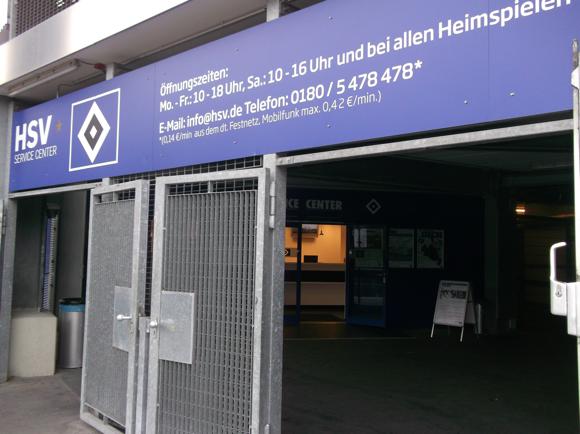
The HSV ticket office (Mon-Fri 10am-6pm, Sat/match days 10am-4pm) is in the Service Center by sector 28 where the Nordtribüne meets the Ostribüne. Tickets are also sold at the HSV City Store (Schmiedestraße 2) and online.
For most Zweite Bundesliga games, tickets are priced at about €40-€50 along the sidelines in the West- and Osttribüne, lowering to about €30 in in the upper tiers behind the goals. Seats in the cheaper sectors below are usually taken.
what to buy
Shirts, kits, merchandise and gifts
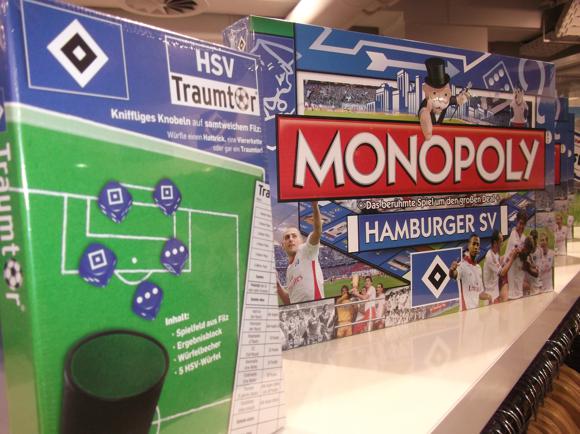
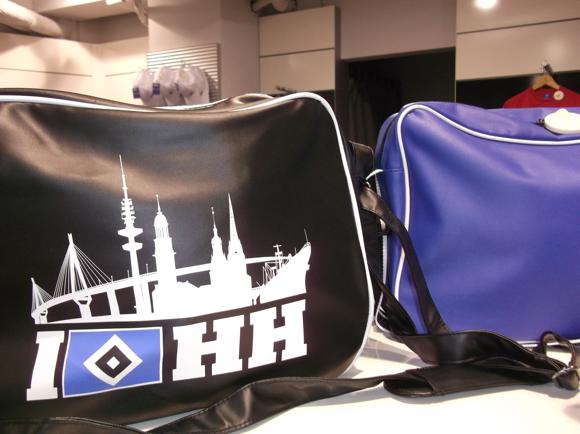
Part of ‘Rautenwelt’ by sector 28 that also includes the HSV-Museum and Die Raute restaurant, the HSV-Arena Store (Mon-Fri 10am-6pm, Sat 10am-4pm, match days 2hrs before kick-off) is light, spacious, and overlooks the pitch.
Key souvenirs include HSV bags that display the Hamburg skyline, and coffee-table archive volumes such as ‘Kinder der Westkurve’ and ‘Mythos HSV’.
There’s a smaller outlet in the museum ticket office, that sells mainly books, and another, the HSV City Store (Mon-Fri 10am-7pm, Sat 10am-4pm), in town at Schmiedestraße 2 between the Rathaus and Petri Church.
MUSEUM & tours
Explore the club inside and out
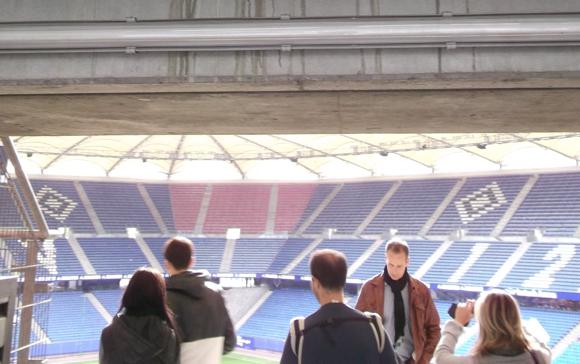


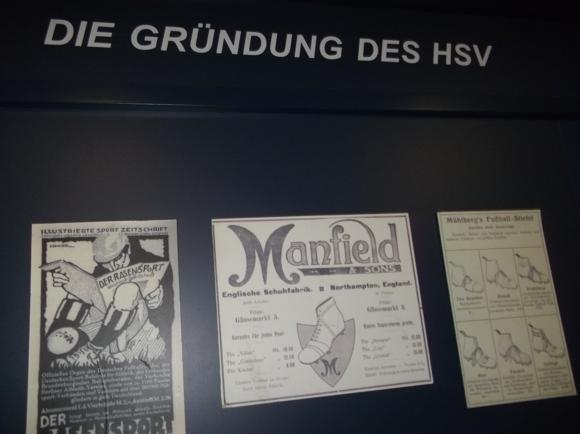

The HSV Museum (daily 10am-6pm, €6 adults/€4 children, €10/€8 with stadium tour) is a worthwhile attraction set above Die Raute restaurant in sector 28. Highlights among the many mementoes displayed era by era include Ernst Happel’s grubby old jacket, and the national shirts of World Cup finalists and HSV stalwarts Willy Schulz and Josef Posipal. Particular attention is given to the Rothenbaum Sportplatz era, football under the Nazis – and that night in 1983. A short film (in German) covers the club history.
The 90-minute tour (€8 adults, €6 children, €10/€8 with museum) of the Imtech Arena is fact-filled and entertaining, with translations given for English speakers if required. Shaven-headed Norbert is a solid, passionate HSV man who takes you behind the scenes, in the dressing rooms and lifting up a section of terrace to demonstrate how the home North end can be transformed into all-seated in a matter of minutes. Tours take place on non-match days Mon-Fri at noon, 2pm and 4pm, also 10.30am weekends and holidays, plus hourly daily 11am-4pm during the school summer holiday.
Where to Drink
Pre-match beers for fans and casual visitors



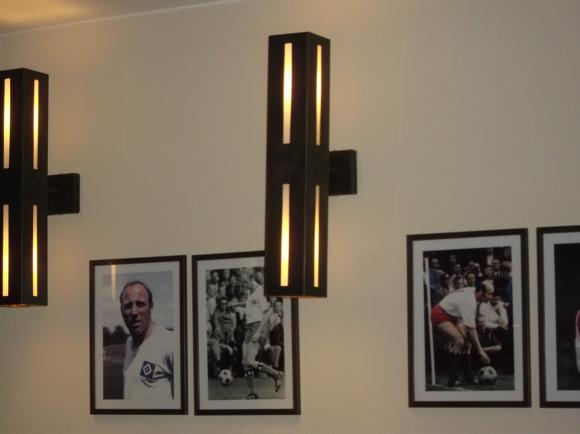
Off the Reeperbahn, Gerhardstraße is now the ‘HSV Party Meile’, a line of football-friendly bars suggested as HSV-focused ones for post-match imbibery of a Saturday night.
The stadium itself is in the middle of nowhere. Opposite Stellingen S-Bahn, the modest Shuttle-Imbiß trades in beer and sausages, with an adjoining tent for customer overflow on match days. In the nearby forecourt, the Unabstieg (‘Non-Relegation’) locals’ bar shows friendship links with Hannover and Bielefeld, and scorn of Bremen, all in scarf form, and offers a large TV screen and Holsten beer on draught – though most opt for brown stubbies of Astra.
In section 28 at the stadium, Die Raute is a spacious club bar/restaurant overlooking the pitch, with a tasteful photo history of HSV and uncomplicated menu – Stadion Currywurst (€6.50) with chips, Arena-Burger (€10.20) with chips. Holsten (€2.80/€4) on draught.








